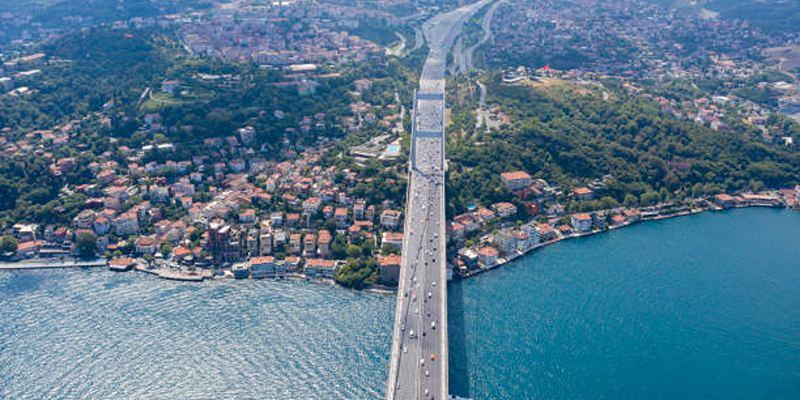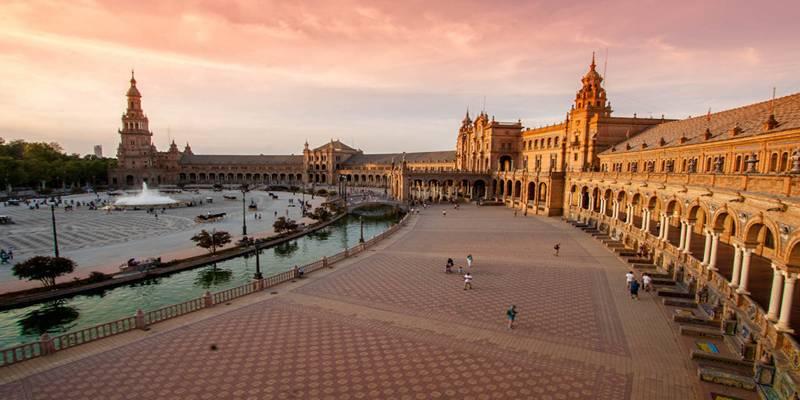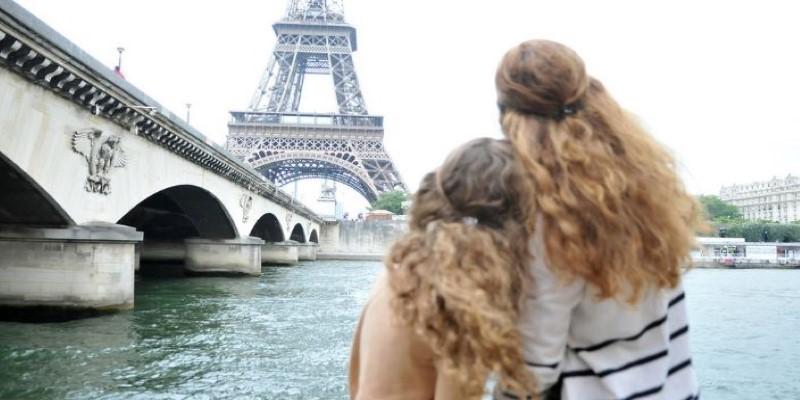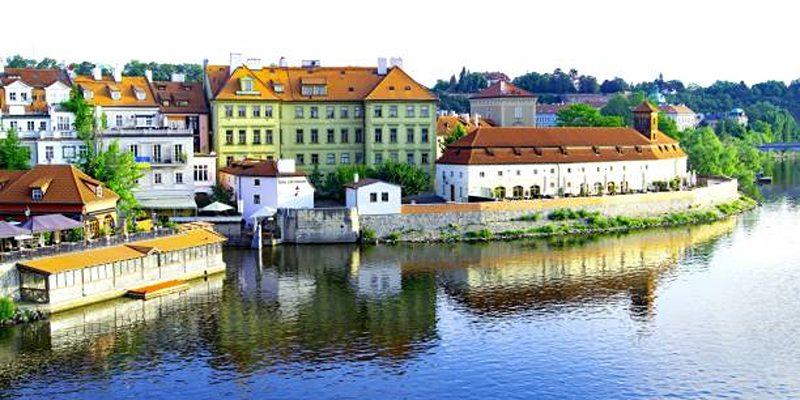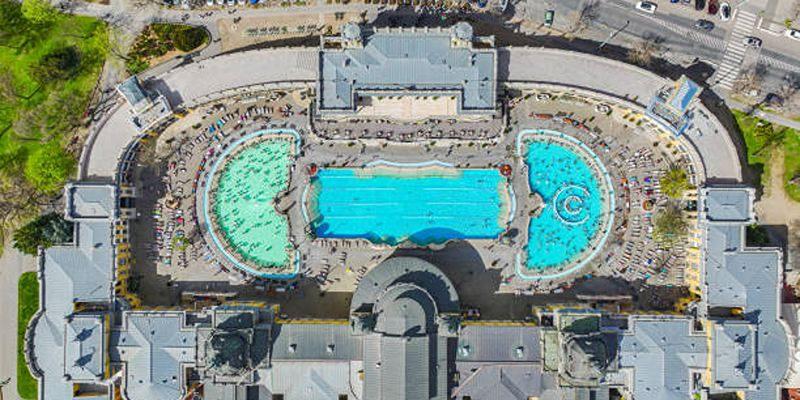Marrakech doesn't make a grand first impression. Instead, it quietly builds a mood, turning corners with mystery, moving between shade and sunlight. The city has a calm confidence—one that doesn't shout to be seen. Narrow alleyways curve without warning, buildings seem older than time, and each part of the city moves at its own pace. It doesn't offer a packaged experience, but something deeper: moments that feel honest. If you give Marrakech your time and attention, it gives back in detail—the color of a tile, the echo of a call to prayer, the smell of saffron rising from a pot.
Top Things to Do in Marrakech
Djemaa el-Fna: The Heartbeat of the City
At the core of Marrakech lies Djemaa el-Fna, a large open square that’s constantly shifting. Morning brings juice stands and fresh fruit vendors under small awnings. Snake charmers and drummers arrive with purpose. Local women paint designs in henna, often quick and fluid, rarely pausing for a break.
By sunset, the space thickens with sound and scent. Food stalls take over as smoke from grilled meats and seasoned vegetables rises through the air. Crowds gather, not out of obligation, but out of curiosity. No visit to the city feels complete without at least one evening here. It's chaotic, but somehow it works.
The Medina and Its Maze of Souks
Wandering the medina is an experience that can’t be rushed or simplified. The narrow walkways and uneven paths don’t lend themselves to schedules. Shops are tucked into corners and courtyards open without warning. Each turn might lead to handmade slippers, baskets of spices, handwoven textiles, or polished teapots. The goods aren’t just for tourists—locals shop here too, bargaining in low voices and knowing looks.
Rather than a straight path, expect an erratic one. Sometimes you’ll walk in circles. But that’s part of the city’s rhythm. The more you accept the disarray, the more you'll notice the life hidden in plain view.
Bahia Palace: Stillness Inside the City
Bahia Palace is one of the quietest places you’ll find in the old city. Built in the 1800s, it isn’t about size or wealth—it’s about detail. Walk slowly across the tiled floors, and you’ll see how geometry meets intention. The walls and ceilings are filled with patterns, not decoration for decoration’s sake, but with meaning and skill.
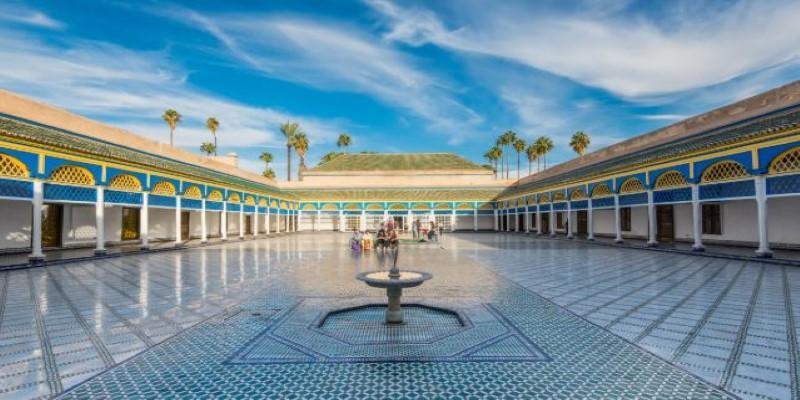
It was once the home of a vizier and his family, and walking through it, you can still sense the privacy of that life. Outside, sunlight cuts across small courtyards lined with orange trees. Inside, there’s a stillness that lingers.
The Majorelle Garden and Yves Saint Laurent Museum
Away from the older parts of the city, the Majorelle Garden offers a different pace. Designed by artist Jacques Majorelle and later maintained by fashion designer Yves Saint Laurent, the garden is compact but carefully made. Every cactus, palm, and bamboo cluster feels deliberate. Small pools reflect bright skies, and walls painted in deep blue create a striking contrast.
Just next door, the Yves Saint Laurent Museum shows how Marrakech shaped his work. Exhibits aren’t overwhelming—they're curated to highlight how pattern, fabric, and color played a role in his designs. The two spaces complement each other, one rooted in nature and the other in design.
Koutoubia Mosque and Its Surroundings
The Koutoubia Mosque is a constant presence. Its 12th-century minaret is visible from many parts of the city, acting almost like a compass. Visitors can’t go inside unless they’re there for prayer, but even from the outside, there’s plenty to observe. The gardens around it are open and welcoming, with benches shaded by trees and small fountains that offer a cool break from the heat.
In the early evening, the area becomes social. Families gather. Couples walk. The call to prayer rings out, steady and familiar. The mosque doesn’t dominate the space—it anchors it.
A Taste of Local Cooking
Food in Marrakech is slow, full of layers. A meal often begins with an array of cooked vegetables—such as carrot salad, roasted eggplant, or tomato-based dips. These aren't served hot, but warm or cool, with flatbread to scoop and share. The main dish might be a tagine with chicken and olives or lamb with prunes, cooked slowly until the meat falls apart.
A growing number of locals now offer cooking sessions in their homes. These are small groups, sometimes just one or two visitors, learning to prepare a full meal from scratch. You’ll visit a market, handle the spices, and learn by doing.
Day Trips to the Atlas Mountains
Not far from the city, the landscape changes fast. Within an hour or two, the scenery turns green and hilly. The Atlas Mountains stretch along the horizon, and villages like Imlil welcome visitors looking for calm and fresh air. Paths lead past terraced fields and through forests of walnut trees.
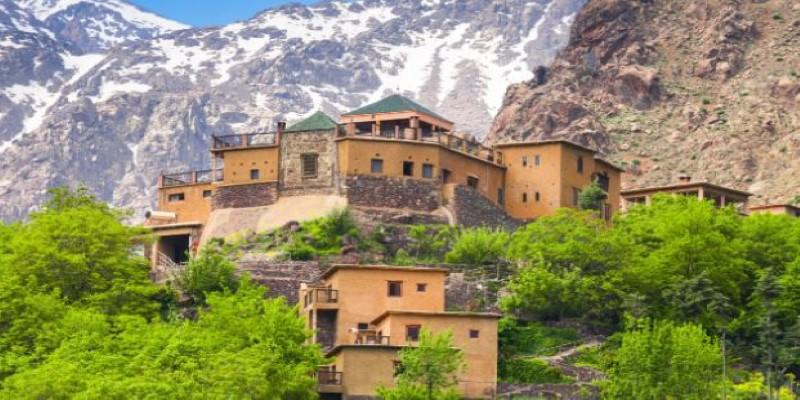
Guided walks vary in length, but most are gentle and easy. The goal isn’t distance—it’s the feeling of space. Hearing nothing but wind and footsteps after days in the medina brings a kind of quiet most don’t expect. The contrast is refreshing, and you’ll likely return feeling lighter.
Hammams and Slow Afternoons
Hammams are part of life in Marrakech. While many locals go weekly, travelers usually go for the experience. A traditional hammam involves sweating in a steam room, scrubbing down with black soap, and pouring water over yourself by the bucket. It’s simple, but the result is always the same: you walk out with smoother skin and a clear head.
Some hammams are centuries old, tucked into the walls of the medina. Others are newer, offering more comfort but still grounded in tradition. Whichever you choose, the routine forces you to pause. In a city that doesn’t slow down easily, this matters.
Conclusion
Marrakech is a place of contrast—ancient yet alive, full of energy yet offering quiet moments. It doesn't ask you to plan, just to notice. A scent in the air, a story shared, or a hidden courtyard can become the highlight of your day. Whether you're lost in the souks or resting beneath a tree near the Koutoubia Mosque, Marrakech leaves an impression that stays with you long after you've left.



